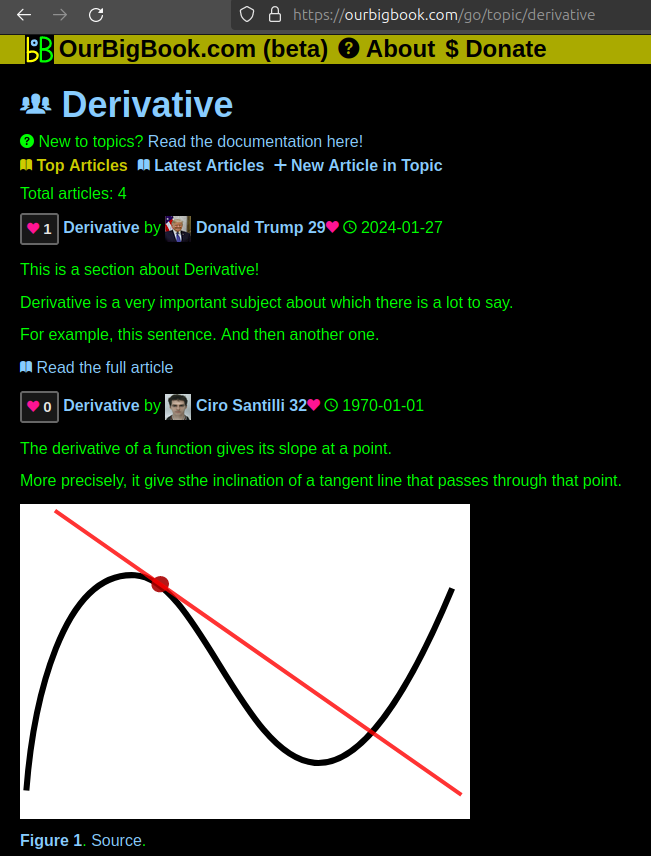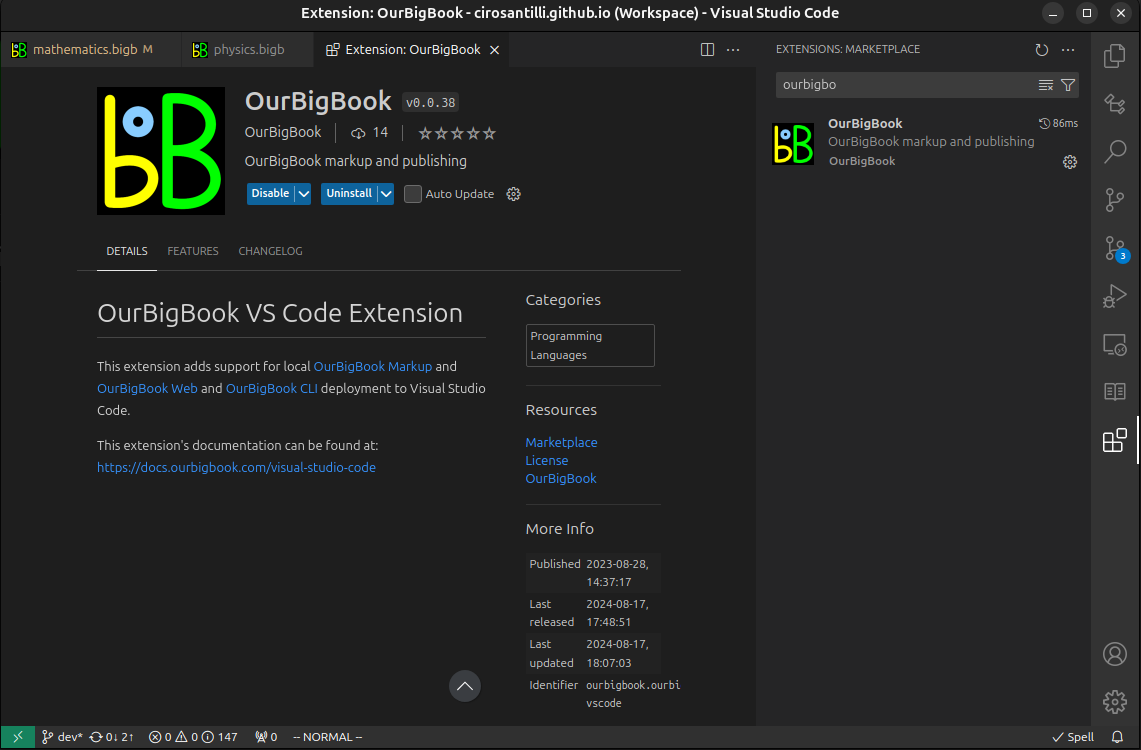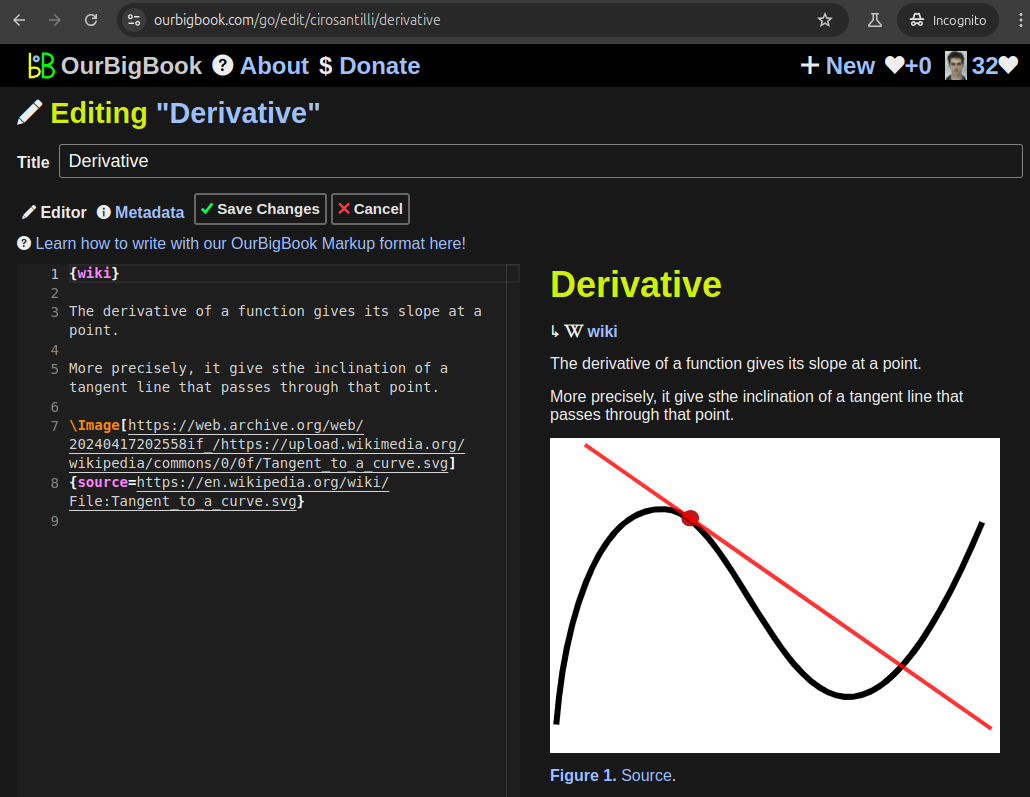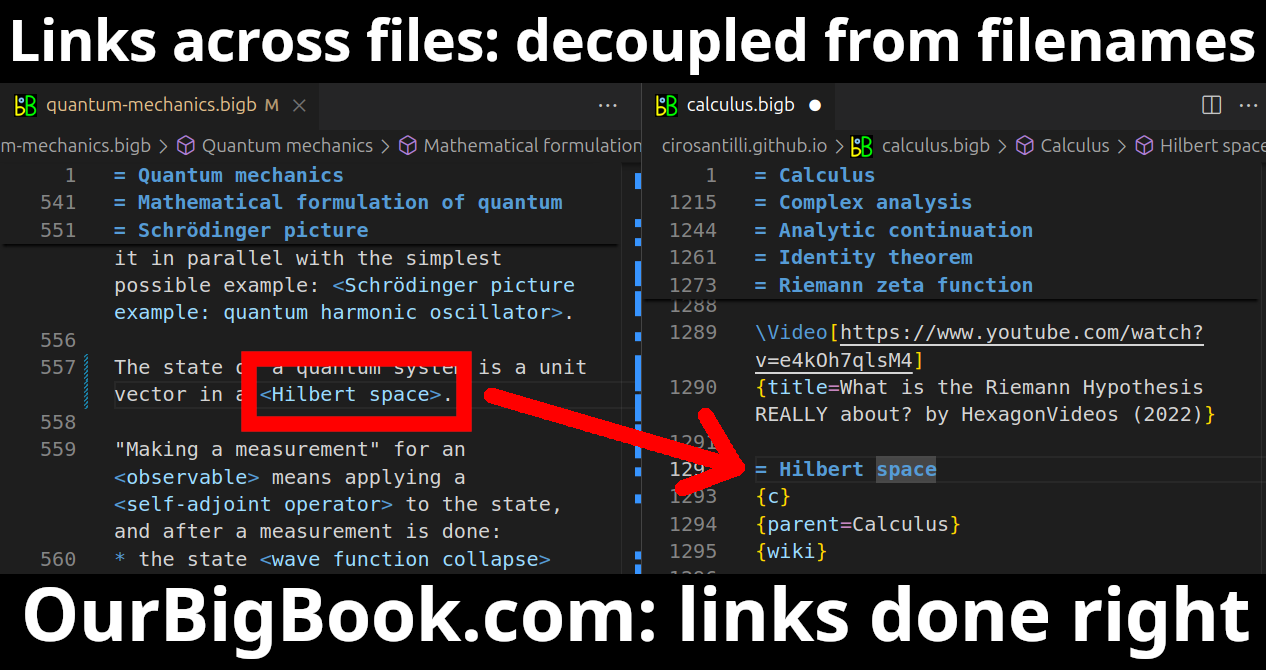"Pavarotti & Friends for Guatemala and Kosovo" refers to a benefit concert organized by the famed Italian tenor Luciano Pavarotti. The concert was held to raise funds and awareness for humanitarian efforts in Guatemala and Kosovo, particularly following the conflicts and crises in those regions during the late 1990s. The event featured performances by Pavarotti alongside various renowned artists, including other classical musicians and popular music stars.
"Pop Idol: The Idols – Xmas Factor" is a special event or episode related to the Pop Idol franchise, often featuring performances from past contestants or special guests. These types of events typically focus on festive music and are designed as a holiday-themed celebration, showcasing talent and entertainment during the Christmas season.
"Punk Goes Pop Volume 5" is a compilation album released by Fearless Records on November 24, 2014. It is part of the "Punk Goes" series, which features punk, rock, and alternative bands covering popular pop songs. This specific volume includes a collection of tracks where various artists put their unique spin on contemporary pop hits. The album showcases a range of genres while highlighting the creativity and versatility of the participating bands.
"Punk Goes 90s Vol. 2" is a compilation album that features various punk and alternative bands covering popular songs from the 1990s. It was released on May 10, 2010, and is part of the "Punk Goes" series, which showcases punk and post-hardcore interpretations of tracks from different decades and genres. This particular volume includes covers of well-known 90s hits, offering a new take on songs originally performed by artists from that era.
"Punk Goes Metal" is a compilation album that was released in 2007 as part of the "Punk Goes..." series, which features various punk and alternative bands covering songs from different genres, often with a punk twist. In the case of "Punk Goes Metal," the album focuses on metal and hard rock tracks that are reinterpreted by various punk and post-hardcore artists.
Radio 1's Live Lounge – Volume 5 is a compilation album featuring live performances from various artists recorded in the Live Lounge segment of BBC Radio 1. The Live Lounge is known for showcasing musicians performing their own songs along with unique covers, often reinterpreting popular tracks in their own style. Volume 5 of this series includes a selection of notable performances that highlight the diversity and talent of the artists featured.
"Ramble in Music City: The Lost Concert" is a notable concert film featuring a previously unreleased performance by the legendary musician and activist, Peter Frampton. The film is centered on a concert recorded in 1972 at the Music City USA venue in Nashville, Tennessee. The performance showcases Frampton's talents before he achieved widespread fame. The concert includes a mix of Frampton's early hits and highlights his skills as a guitarist and performer.
"Rockstar" is a studio album by Dolly Parton, released on November 17, 2022. The album features a mix of original songs and covers of classic rock tracks, showcasing Parton's versatility as an artist and her ability to cross genres. It includes collaborations with various artists and highlights her signature style, blending elements of country, rock, and pop.
"Raíces" is an album by the famous norteño band Los Tigres del Norte, released in 2016. The title translates to "Roots" in English, and the album features a collection of songs that highlight the band's musical heritage and cultural influences. Los Tigres del Norte are known for their storytelling through music, often focusing on themes such as immigration, love, and social issues.
"Reflections" is an album by Paul Young, released in 1991. It features a collection of covers, showcasing Young's soulful voice and style. The album includes his interpretations of various popular songs from different artists, blending elements of pop and rock. Notable tracks may include renditions of songs originally performed by artists such as Leonard Cohen and others. The album reflects Young's musical influences and his ability to bring a personal touch to well-known tracks.
"Rendez-Vous" is an album by Greek singer and television presenter Nikos Aliagas, released in 2011. The album features a collection of songs that showcase Aliagas's vocal talent and his ability to blend various musical styles. It includes collaborations with various artists, enhancing the album's diverse sound and appeal. Known for his work in the entertainment industry, Aliagas brings a unique flair to this project, making it a notable entry in his discography.
"Replicants" is an album by the American experimental rock band called the Replicants, released in 1995. The band is known for its unique style that blends various genres, and the album features covers of songs by well-known artists. It showcases the band's distinctive take on alternative rock, with a mix of original instrumentation and creative reinterpretations of the original tracks. The project is notable for its eclectic sound and has garnered a cult following among fans of experimental music.
"Roberta" is an album by the American jazz and R&B singer Roberta Flack, released in 1978. The album includes a collection of songs that showcase Flack's soulful voice and musical versatility. It features a mix of original tracks and interpretations of popular songs, highlighting her ability to blend jazz, folk, and soul influences. The album is known for its emotional depth and Flack's powerful vocal delivery.
"Singin' with the Big Bands" is a musical album that features popular songs performed by various big bands from the era of big band jazz, primarily the 1930s and 1940s. The album typically showcases the vocal styles of notable artists who collaborated with these bands, highlighting the synergy between vocalists and big band instrumentation.
"Saturday Night at the Movies" is an album by the American rock band The Drifters, released in 1964. It features a collection of pop and doo-wop songs, many of which are covers of popular music from the time, often associated with film or Hollywood themes. The album showcases The Drifters' signature vocal harmonies and blends various styles, reflecting the influence of the musical trends of the early 1960s.
"Secret Love" is an album by American country music singer Lorrie Morgan, released on June 6, 2000. This album is notable for featuring a blend of traditional country sounds and contemporary influences, showcasing Morgan's vocal talent and emotional delivery. The title track, "Secret Love," is among the album's highlights and showcases her signature style. The album includes a mix of original songs and carefully selected covers, reflecting themes of love, heartbreak, and personal experiences.
"Soul in Love" can refer to a couple of different concepts depending on the context. It could refer to a deep emotional and spiritual connection between individuals, often characterized by feelings of unconditional love and acceptance. This kind of love transcends the physical and is often seen as a profound bond where two souls resonate with each other on a higher level.
"Sounds of Christmas" typically refers to a collection of Christmas music, songs, or albums that evoke the holiday spirit. It can encompass a wide range of genres, including traditional carols, contemporary holiday hits, instrumental pieces, and more. Many artists, choirs, and orchestras have released their own renditions of classic Christmas songs as part of "Sounds of Christmas" projects.
"Sing Along with Los Straitjackets" is an album by the instrumental rock band Los Straitjackets, released in 2005. The band is known for their unique blend of surf rock, rock and roll, and other musical styles, often characterized by their use of catchy melodies and vintage-inspired sounds. In this album, Los Straitjackets feature guest vocalists performing a selection of classic songs, giving them the band's signature instrumental twist.
"Somewhere – The Songs of Sondheim and Bernstein" is a musical revue that showcases the works of two of the most celebrated composers and lyricists in American musical theater, Stephen Sondheim and Leonard Bernstein. The revue features a selection of songs from their most famous shows, reflecting their unique styles and contributions to the genre.
Pinned article: Introduction to the OurBigBook Project
Welcome to the OurBigBook Project! Our goal is to create the perfect publishing platform for STEM subjects, and get university-level students to write the best free STEM tutorials ever.
Everyone is welcome to create an account and play with the site: ourbigbook.com/go/register. We belive that students themselves can write amazing tutorials, but teachers are welcome too. You can write about anything you want, it doesn't have to be STEM or even educational. Silly test content is very welcome and you won't be penalized in any way. Just keep it legal!
Intro to OurBigBook
. Source. We have two killer features:
- topics: topics group articles by different users with the same title, e.g. here is the topic for the "Fundamental Theorem of Calculus" ourbigbook.com/go/topic/fundamental-theorem-of-calculusArticles of different users are sorted by upvote within each article page. This feature is a bit like:
- a Wikipedia where each user can have their own version of each article
- a Q&A website like Stack Overflow, where multiple people can give their views on a given topic, and the best ones are sorted by upvote. Except you don't need to wait for someone to ask first, and any topic goes, no matter how narrow or broad
This feature makes it possible for readers to find better explanations of any topic created by other writers. And it allows writers to create an explanation in a place that readers might actually find it.Figure 1. Screenshot of the "Derivative" topic page. View it live at: ourbigbook.com/go/topic/derivativeVideo 2. OurBigBook Web topics demo. Source. - local editing: you can store all your personal knowledge base content locally in a plaintext markup format that can be edited locally and published either:This way you can be sure that even if OurBigBook.com were to go down one day (which we have no plans to do as it is quite cheap to host!), your content will still be perfectly readable as a static site.
- to OurBigBook.com to get awesome multi-user features like topics and likes
- as HTML files to a static website, which you can host yourself for free on many external providers like GitHub Pages, and remain in full control
Figure 3. Visual Studio Code extension installation.Figure 4. Visual Studio Code extension tree navigation.Figure 5. Web editor. You can also edit articles on the Web editor without installing anything locally.Video 3. Edit locally and publish demo. Source. This shows editing OurBigBook Markup and publishing it using the Visual Studio Code extension.Video 4. OurBigBook Visual Studio Code extension editing and navigation demo. Source. - Infinitely deep tables of contents:
All our software is open source and hosted at: github.com/ourbigbook/ourbigbook
Further documentation can be found at: docs.ourbigbook.com
Feel free to reach our to us for any help or suggestions: docs.ourbigbook.com/#contact






